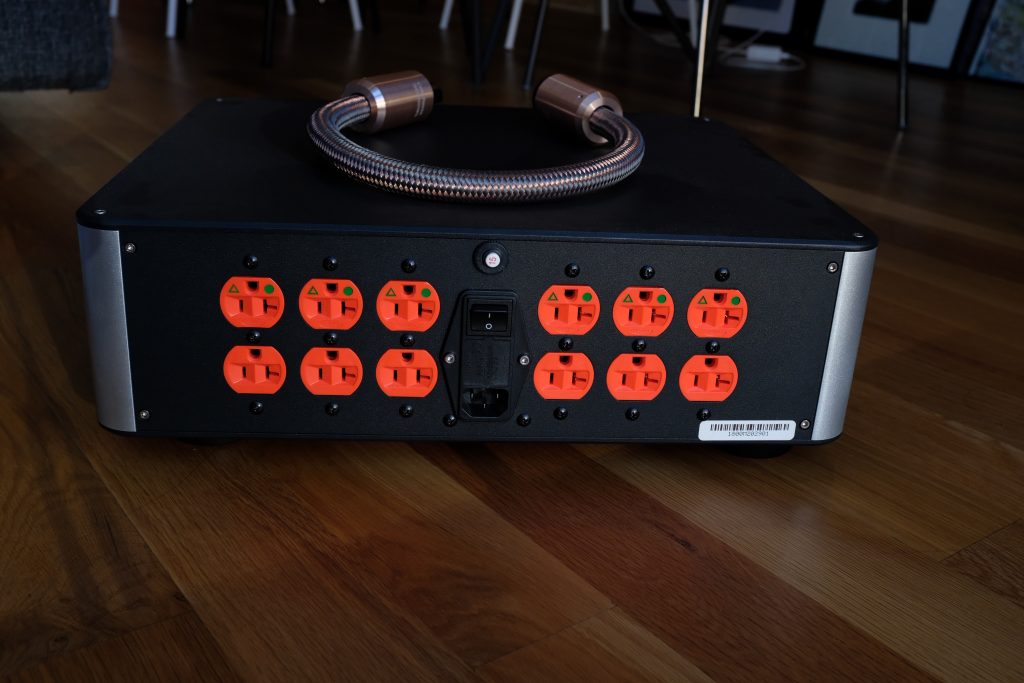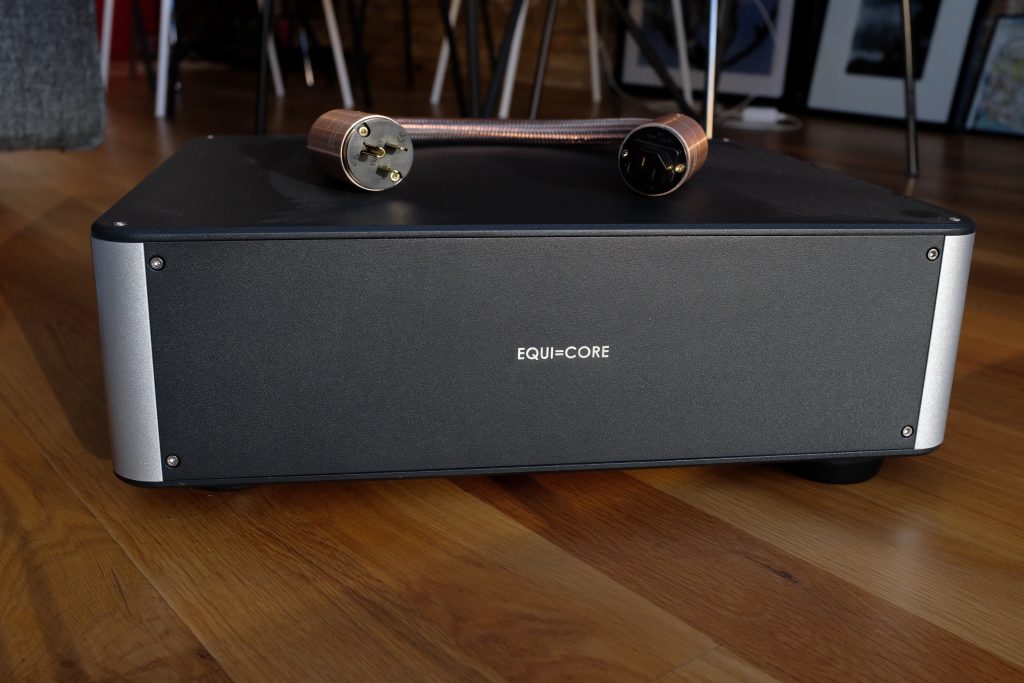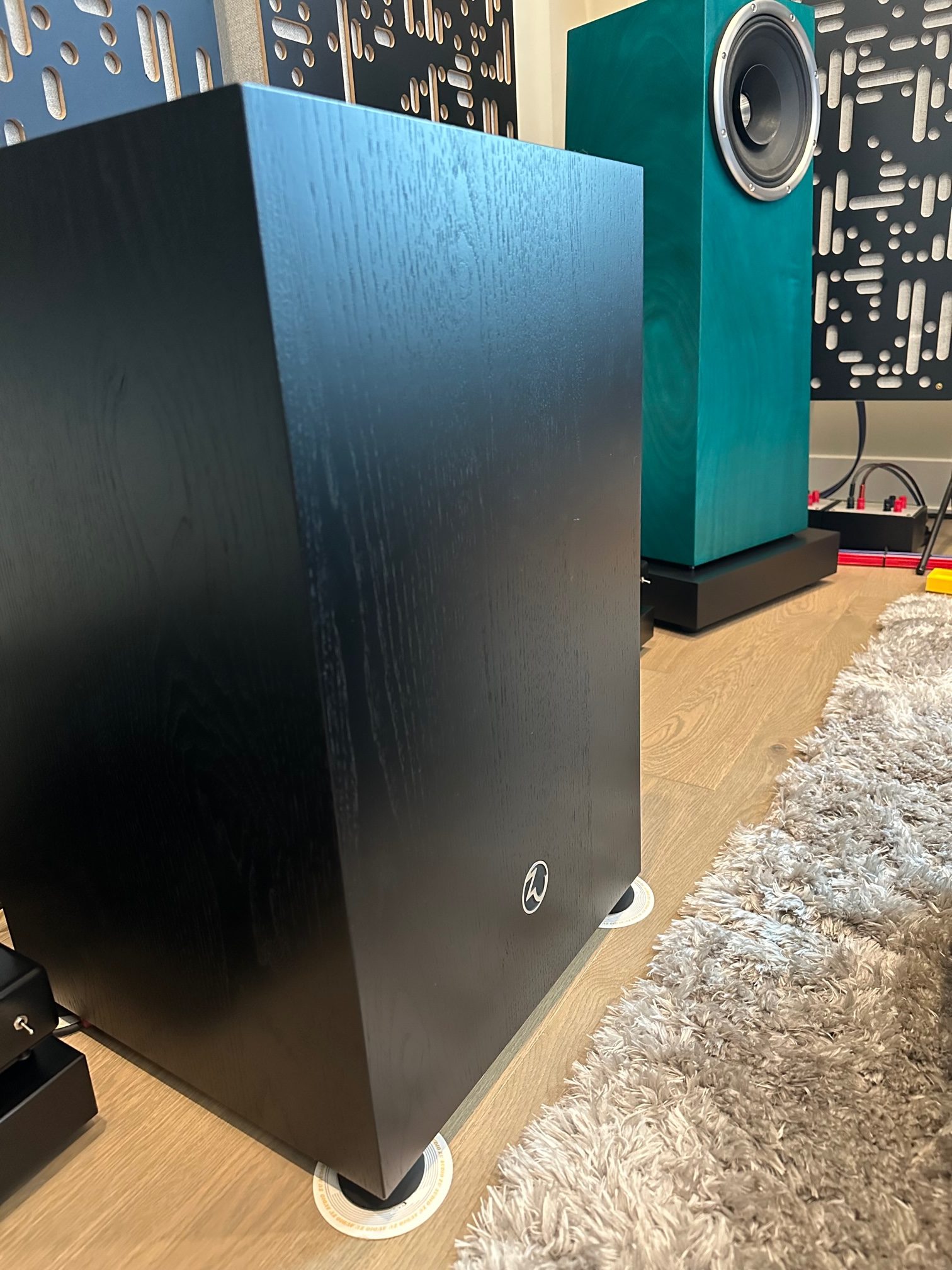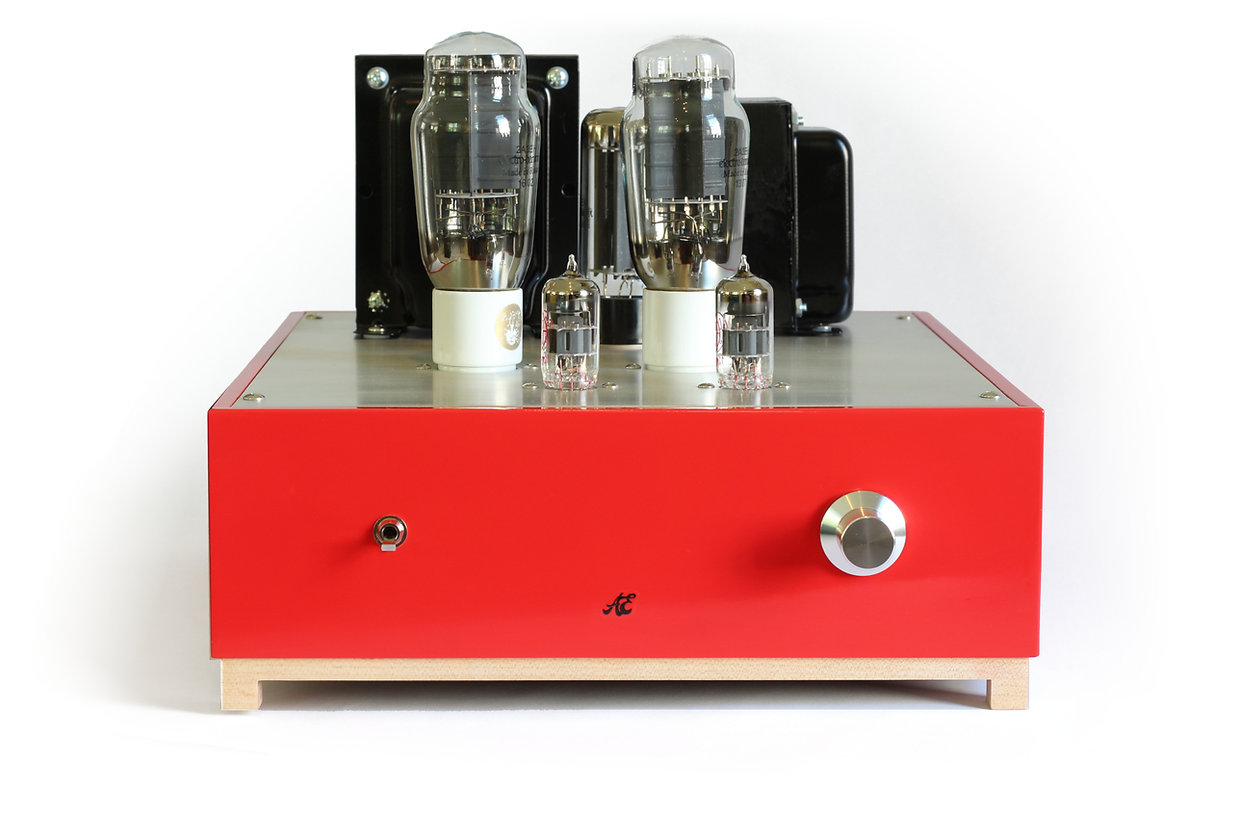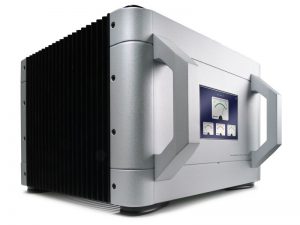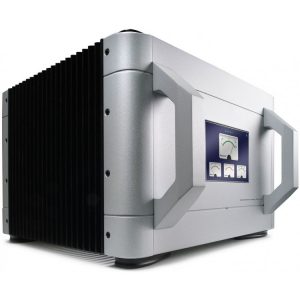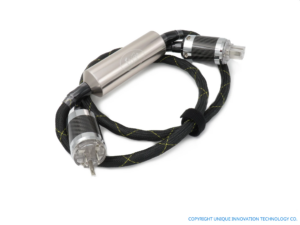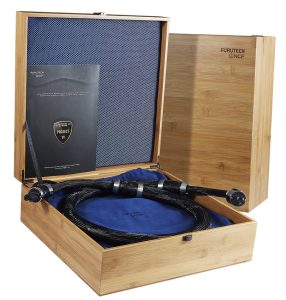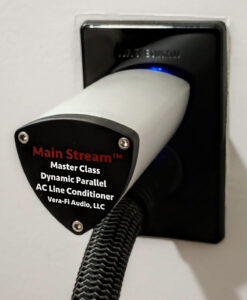How to think about Power Conditioning
Power conditioning is an incredibly touchy subject and seems to divide the audiophile community as a whole. There are some who say it is extremely important, subscribing to the classic garbage in, garbage out mentality. Then there are those that argue that if the equipment is designed properly and the power supplies are built correctly, power conditioning is simply not necessary. I will be the first one to say that I used to sit firmly in the non-believer camp for a few different reasons. Primarily because I had not heard a power conditioner make a substantial sonic difference in my system and because the cost of higher end power conditioners seemed outlandish, especially at the start of my audiophile journey.
The first power conditioner that changed my mind was a mid-tier unit from Furman, the Elite 15 PFI. I bought it open box, with a 30 day return policy, that way there was simply nothing to lose. After I wired it into my home theater, I turned on a movie. Initially I was ready to write it off and send it back. The promises that some had made around better TV picture, and cleaner high end simply were not there. However, when the guns sounded in the incredibly entertaining and silly movie Battleship, I heard bass that I had simply never heard from my system. The detail, depth, and power was a game changer, and with that I became a believer.
As I shifted my focus from home theater to personal audio, I began to do research on different types of power conditioners, and different types of conditioning techniques. One those techniques employs something called balanced power. It is incredibly powerful, simple to design, hard to master. Balanced Power Conditioning is at the core of Core Power's Equi=Core 1800 MK2, and I can simply say that Core Power has mastered balanced power in a way few companies have. Let's dive in.
What is Balanced Power?
What we say about power conditioners it is really important that we talk about the techniques that the conditioners use under the hood. There are pros and cons to all forms of conditioning, but it is important to remember that some techniques are simply better than others. In my opinion balanced power is one of the best techniques you can employ for power conditioning, with its only real rival being a well implemented power regeneration conditioner (Eg: PS Audio's Power Plant line).
So how does balanced power work? The power coming out of your wall is AC power and consists of a hot, neutral, and ground line. The hot carries an AC sine wave that alternates 60 times a second and provides 120 volts. The neutral carries nothing (this is not technically true but we can, for the purposes of this article, treat it as such), and the ground is well simply the ground. Power issues such as noise can occur with a dirty ground, or even a dirty neutral line. Likewise the AC sine wave can also carry high frequency noise.
Balanced power essentially uses a transformer to take the incoming AC and split it into two out of phase legs. These legs are at -60 volts and +60 volts. When implemented correctly balanced power also establishes a new ground using the transformer at exactly 0 volts relative to the +60 volt leg and the -60 volt leg. In doing so it completely isolates your components from the power grid. To power your components, the +60 volt leg is output on the hot wire, the -60 volt leg is output on the neutral wire, and the new ground is output through ground wire.
When you plug your audio equipment into a balanced power conditioner, the transformers inside your downstream components combine the -60 volt and +60 volt legs, and recreates the 120 volt signal that it needs to operate. It is during the process of recombining the legs in the downstream components that balanced power works its magic. Just like with balanced audio, the recombination of the legs results in noise cancellation, which in the case of the Core Power Equi=Core 1800 MK2 results in as much as a 40dB noise reduction, which is simply impressive and effective.
Now balanced power is not new, it is a common tool employed in hospitals and recording studios for its isolation and noise reduction properties. Balanced power is also not perfect, it does have a few weaknesses that should be noted. The first is for it to be truly effective, the equipment you plug into the conditioner needs to employ a transformer based power supply. This is fairly common in the high end audio world, however there are exceptions, such as Chord, who employ high performance switching power supplies. It is my opinion that if you choose to go with balanced power conditioners, you should ensure that all of your equipment use transformers to take full advantage of the benefits. The second negative is that balanced power conditioners utilize transformers to transform the power into balanced power, which means they can be susceptible to DC current on the AC power line. Core Power makes a product called the Deep=Core (which I reviewed here) that is specifically designed to sit in front of the Equi=Core 1800 MK2 and prevent DC from ever reaching the transformer.
So now that we know how the Equi=Core 1800 MK2 works, lets dive in and see how it performs.
Unboxing and First Impressions
Like the Deep=Core, the Core Power Equi=Core 1800 MK2 arrived in a large well packed box. The unit itself is quite heavy, 54 pounds to be exact, due to the large transformer, and I enlisted my wife's help to get the Equi=Core into our second story walk up.
The conditioner is clean and looks quite sharp. The branding in the front is not overstated and in general it matches the Deep=Core incredibly well. The unit itself does not have attached feet, and does have bolts that protrude out of the bottom, so you need to take great care not to set the unit or drag the unit on a hardwood floor until you place it on the supplied anti-vibration pucks.
Around the back of the unit, are 12 Hubble hospital grade copper outlets. You have choice when ordering the Equi=Core 1800, between 8 outlets and 12 outlets, depending on your system size. The copper outlets on my unit are an optional upgrade and in my opinion are worth the additional cost. Because I would be using the Equi=Core with the Deep Core, a 2ft Core Power Gold power cord was included with the unit. The Power cord is thick and heavy, and is incredibly well built.
One thing that makes the Equi=Core 1800 MK2 special is that it is a full 15 amp unit, that is the reason for the 1800 in its name (1800 watts = 120 volts x 15 amps). This is fairly unique among balanced power conditioners, as 1800 watt transformers are hard to find, and it is even harder to find a good one. This means the Equi=Core can power a full system, and unless you have 20 amp outlet it won't slow you down. If you do have a 20 amp outlet, Core Power has you covered with the Equi=Core 2400, which is a full 20 amp version of the Equi=Core 1800. Most companies that employ balanced power conditioning only do it for a subset of the outlets and only a subset of the power, normally in the range of 600 watts. The fact that the entire system can benefit from balanced power with the single Equi=Core is simply awesome.
Once I had my entire system plugged in, and the Equi=Core plugged into the Deep=Core, I hit the power switch and watched my components light up.
A Reminder of the Deep=Core 1800
I encourage those who are curious about the Deep=Core to read my previous review of the Deep=Core on its own. I highly recommend this product and have nothing but good things to say about it, even if you are not using a Core Power power conditioner. For those who do not want to read a the full review below is the cliff notes version.
The Deep=Core 1800 is a 15 amp line conditioner designed to sit in front of either the Equi=Core or any other power conditioner. It is designed to tackle three specific problems: RF noise, EMI noise, and DC current on your AC lines. This last one is really important. Transformers can become saturated with DC current, and even a little DC current on your AC lines can have a major effect on the performance of your downstream equipment. How does DC current get on your AC power line? It could be caused by anything from your AC compressor, to your refrigerator, or attic fan. While none of these things are guaranteed to introduce DC to your lines, they can. In my home, I do not have the ability to install a dedicated circuit, and my system uses my living room / kitchen's electrical circuit, and while I have a new construction home, I came to find that DC was an issue in my system. The Deep=Core resolved it.
In general, a device like the Deep=Core can be incredibly important when you are using balanced power conditioners, as they will prevent the transformer in the balanced power conditioner from saturating. It is not strictly necessary, but it is a worthy upgrade.
Review System
- Headphones: Hifiman Susvara, ZMF Verite Closed
- Amplifier: ampsandsound Nautilus Integrated Amplifier
- DAC: Chord M Scaler, Hugo 2 with transformer based external power supply
- Source: AURALiC Aries G1
- Music Server: Custom Built Roon Core
- Cabling: Wywires Platinum Interconnects and headphone cable, Wave BNC Cables, FTA Callisto USB cable, Wireworld Power Cables, Core Power Gold Power Cable, and Core Power Platinum Power Cable
- Core Power power cables were used between the wall and the Deep=Core and Equi=Core, Wireworld Power cables were used between the Equi=Core and the various components.
Performance
I am not new to balanced power, prior to the Equi=Core being in my system I ran two 4 amp balanced power conditioners side by side. However, this introduced a very interesting problem. As I described above, balanced power conditioners re-create the ground as a part of the creation of the balanced power legs. If you use two different balanced power conditioners within the same system, there is a chance the grounds may not be exactly the same, which can introduce a little noise into your system. This noise is likely not noticeable for most, however, when using headphones like the ZMF Verite Closed and the Focal Stellia, which are 99dB/mW and 104dB/mW respectively, this slight amount of noise is audible when volume pots are fully open.
Making the switch to the Equi=Core removed that noise, and this alone left me quiet satisfied. As I listened to the system with the Equi=Core I also noticed a slightly more relaxed top end and more bass definition from my amplifier. I have found that tube amplifiers in particular really loved the Equi=Core 18000 MK2. While I am not certain, I have few guesses about why. Tube amplifiers are much more sensitive to vibration than other types of amplifiers because vibration can induce microphonics to your system. Depending upon the state of the power in your home, the power transformer on your tube amplifier may vibrate, which is the case for me. The Equi=Core 1800 MK2 was extremely effective at killing transformer hum and vibration. The result was an inkier black background and more separation between instruments and artists.
The other thing I noticed was a deeper sound stage, and overall a darker presentation of the music. Now, don't read this the wrong way, darker is not bad in this context, darker really means more analog-like. I found myself able to raise the volume higher without fatigue, and the top end was well extended and incredibly natural. Throughout the Equi=Core's time I tried it on other systems ranging from solid state headphones systems to my home theater, and the result was the same. It always resulted in a slightly darker presentation, with a much more natural top end and a more 3D like stage.
I also noticed that the Core Power Gold power cord enhanced this presentation. Removing it, and replacing it with a Wireworld Power cord brightened the sound of the system, and created a middle ground between no Equi=Core and the Equi=Core with the Gold power cord. Long story short, the Core Power Gold power cord may be incredibly effective on its own at taming a harsh top end and is worth experimenting with.
Towards the end of my review, I did remove the Deep=Core so I could see what the performance of the Equi=Core 1800 MK2 was like on its own. I found it kept much of its original character. The noise floor did not increase, and the analog-like presentation of the system mostly remained. I did notice though that the top end of the system became a little grainier, and similarly the bottom end lost a degree of sharpness. These differences are small, but they do exist, and in general I found that I liked the Deep=Core Equi=Core package more then I liked either on their own. However, like all things, sometimes budgets force us to choose. In the case where you cannot have both, the Equi=Core 1800 MK2 is excellent on its own, and the Deep=Core can simply be added later.
I spoke with Walter, the owner of Underwood Hifi (Core Power is one of his in house brands). I asked him about his thoughts on which to buy first, the Deep Core or the Equi=Core? Walter told me that he believes the Equi=Core is what most people should buy first as it offers the most performance as far as noise reduction goes. He believes the Deep=Core serves as icing on the cake. In general I completely agree with his point of view.
So how does the performance of the Equi=Core stack up? To be frank, it is a giant killer. When I compared the Equi=Core to my PS Audio Power Plant P12 I found that the systems sounded incredibly similar, however, the PS Audio Power Plant P12 actually caused more transformer hum in my tube amplifiers. When you consider that the retail price of the P12 is double the cost of the Equi=Core, and that the P12 is only a 10 amp unit, it paints the Equi=Core's value proposition in an incredibly good light, and makes it easy to recommend.
What's not to like?
There is not much to pick at with the Equi=Core. My biggest ask is that the Core Power team include attached feet on the unit itself. I understand that the anti-vibration pucks may perform better than feet for some, however, it feels like a corner has been cut, and cheapens what is an exceptionally well built and well thought through product.
The other thing that would be nice is if Core Power would release a version of the Equi=Core with the Deep=Core built in. Finally, it would be great to have a few outlets on the Equi=Core that do not provide balanced power, but instead provide a filtered standard AC output, that share the same ground. This would maximize compatibility for devices that use switching power supplies.
In general, if all of your equipment makes use of transformer based power supplies, this is probably the best power conditioner you can get for your money, and competes with power conditioners above $4000. With that in mind the cons above are incredibly minor and should not be a reason to pass on the Equi=Core 1800 MK2.
Concluding thoughts
I have said it before and I will say it again, Walter and Underwood Hifi continue to bring high performance audio gear for prices that are often times half of what the competition is charging. He is able to do this because of his direct to consumer model, smart manufacturing, and good design. I look at the Core Power line as a great way for audiophiles to experience good power conditioning, and I can recommend their entire line of Power Conditioning products. I suggest anyone who is considering this conditioner give Underwood Hifi a call, as they are always running specials.
The only exception to this recommendation is if your system consists primarily of devices with switching power supplies. In that case, all of these devices will work, but they won't have all the benefits of their transformer based peers.
Thank you Walter and the Core Power team for allowing me to review the Equi=Core 1800 MK2. I look forward to seeing how the Core Power products continue to evolve.
Equi=Core 1800 MK2
Retail: $2199 with 4 duplexes, $2399 with 4 copper or $2499 with 6 copper duplexes, and a 20 amp version is also available with 6 outlets standard for $2799.
Underwood HiFi





